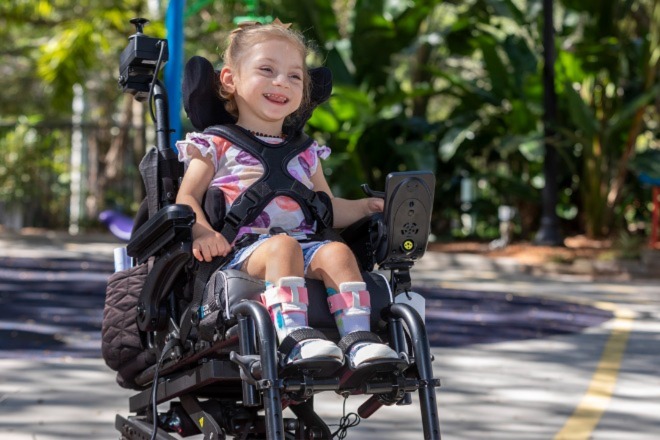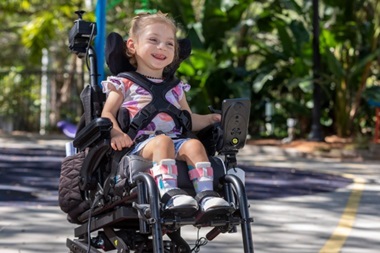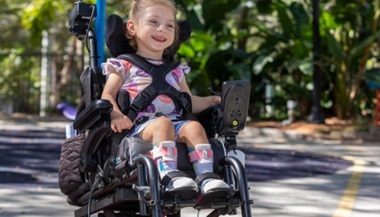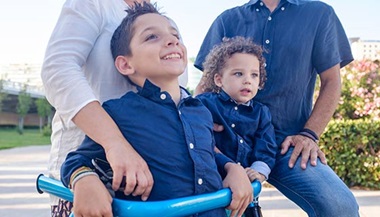Selective Dorsal Rhizotomy for Cerebral Palsy: What You Need to Know
Featured Expert:
When less invasive treatments for cerebral palsy (CP), such as braces and oral medications, aren’t providing sufficient relief, your doctor may consider neurosurgery.
Selective dorsal rhizotomy (SDR) is one option that can lead to improved movement for many children who have spasticity with dystonia (increased muscle stiffness and spasms).
Here’s what Johns Hopkins pediatric neurosurgeon Shenandoah “Dody” Robinson, M.D., wants you to know about this treatment option.
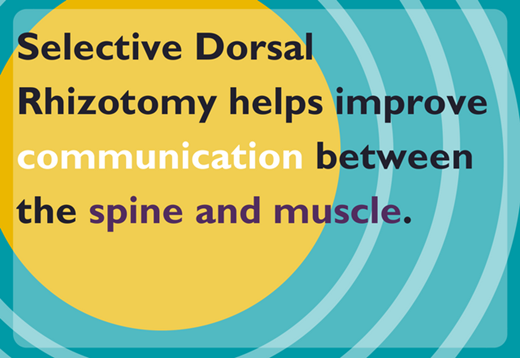
What is selective dorsal rhizotomy?
Selective dorsal rhizotomy (SDR) is a complex procedure. Johns Hopkins neurosurgeons take care to make the procedure as minimally invasive as possible.
Our surgeons remove only one layer of bone (vs. multiple) in the back of your child’s spine. This helps children experience less pain and recover more quickly. This is especially important for children with cerebral palsy, who can lose ground when they stop physical therapy.
We then meticulously test (and cut) certain nerve “rootlets” in the spinal cord to help improve muscle symptoms.
Think about it this way: When your cell phone gets bad reception, it’s harder to hear what someone is saying. Selective dorsal rhizotomy helps “improve reception” by clearing the communication lines between the body’s spinal cord nerves and muscles, which helps decrease muscle tone and stiffness. And, while every surgery comes with risk, the risks with SDR surgery are notably low.
Is my child a candidate for SDR?
First, you must always talk to a knowledgable doctor. In general, for children who have spasticity with dystonia, surgery will be considered if they:
- Can take at least a few steps on their own
- Have good “trunk strength,” or support in their core and lower back muscles
- Can cooperate with the weeks of intense physical therapy that follows the surgery
What happens after selective dorsal rhizotomy?
For the first 24 hours after the surgery, doctors monitor your child closely with intravenous (IV) pain medication. Your child will also need to lie flat for the first three days (to protect the surgical area). You should plan to be in the hospital for four to five days.
Our specialists work with families before surgery to come up with a therapy plan that works best for each child, based on a family’s resources, needs and medical insurance.
Soon after the surgery, your child will begin physical therapy two to three times per week, continuing for six weeks or longer.
How will SDR help my child?
After this surgery, many children improve one level of device. So if your child walks with a cane now, he or she could walk with braces alone after surgery.
When is the best time to have SDR?
Because of the intensive therapy that children will need to participate in, children who are between the ages of 3 to 6 could benefit most.
This surgery can help children increase their independence before kindergarten. When they can focus less on moving, they can focus more on school and making friends.


